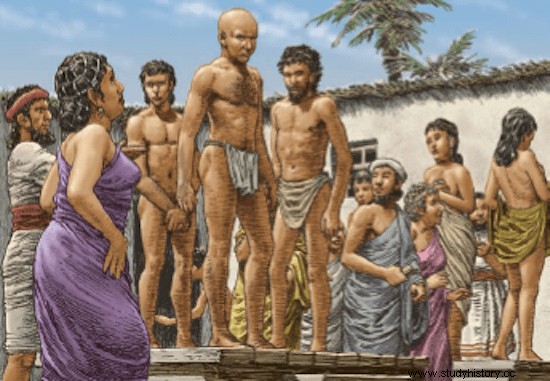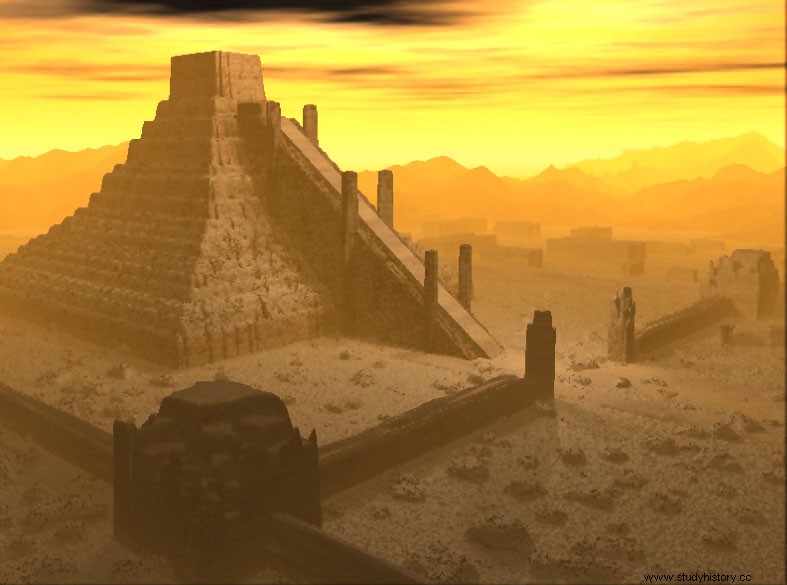That human beings have a cruel tendency to do all kinds of evil to others, is something well known. And that we are fond of torturing and making people suffer is also obvious to anyone who opens a history book.

Several Sumerian legislative codes have come down to our days, in a more or less partial way, in the form of texts of the laws themselves or of judicial sentences that refer to some of them. Thanks to this documentation, we know that the black heads applied the law with a heavy hand, not hesitating to celebrate punishments publicly. It was not strange at all to discover an executioner in a public square whipping the skin of a condemned man before the attentive gaze of all. Several of the punishments were especially cruel and could reach the death penalty. From the reading of the cuneiform tablets, we verified that among the worst crimes considered by the Sumerian society were:assassination or attempted assassination, parricide, the incest of a father to his daughter or the rape of a priestess. All of them punished with the death penalty version impalement, castration or skinning.
After the death in a coup of the Akkadian king Manishtusu , the governor of Ur, Lugalanne , rebelled against the new king Naram-Sin, proclaiming himself king of Ur and Uruk with the name of Amar-Guirid . When Naram-Sin recaptured the city of Ur, he punished the former governor in an exemplary manner:he was skinned and, still alive, hung from a cage at one of the city gates. According to the tablets, he survived in agony for almost a week
When a prisoner was sentenced to death, he used to be locked up in a special prison awaiting his execution. The most terrible of all was in the city of Nippur and, from Akkadian times, it became the “Green Mile ” of the two rivers, reserving for those convicted of “special crimes. ”. The name of the prison was already terribly suggestive:the Eakildukku or House of Lamentations . It was inside the sacred precinct of the god Enlil , under the Temple of Darkness and next to the Gibil Temple (god of light and fire). We do not know what form it had, since no appreciable ruins have been preserved that allow us to have an idea, but descriptions are preserved. The cells were in the basements of the temple, which were accessed by a narrow staircase. These cells were continuously dark. The Sumerian buildings were built on the ruins of the previous building, which meant that the prison was surrounded by an adobe wall that could be more than 5 meters thick. Although the temperature should not be bad in the room, due to the thickness of the walls, the inmates remained naked so that they could not use anything to commit suicide. However, that same thickness produced the effect that not the slightest sound reached his ears. It can be said, therefore, that they were subjected to what we now know as “sensory deprivation ”.

Due to this deprivation, the prisoner lost the notion of time, was not able to calculate how much was left for his execution and could suffer from hallucinations. It is not surprising, therefore, that the tablets indicate that some of them lost their minds and walked to their execution in madness. In a way, and considering the sadistic execution that awaited them, perhaps it was an indirect act of divine mercy. Sadism hasn't changed much, although now prisoners wear orange jumpsuits.
Contributed by Joshua BedwyR author of In a Dark Blue World
